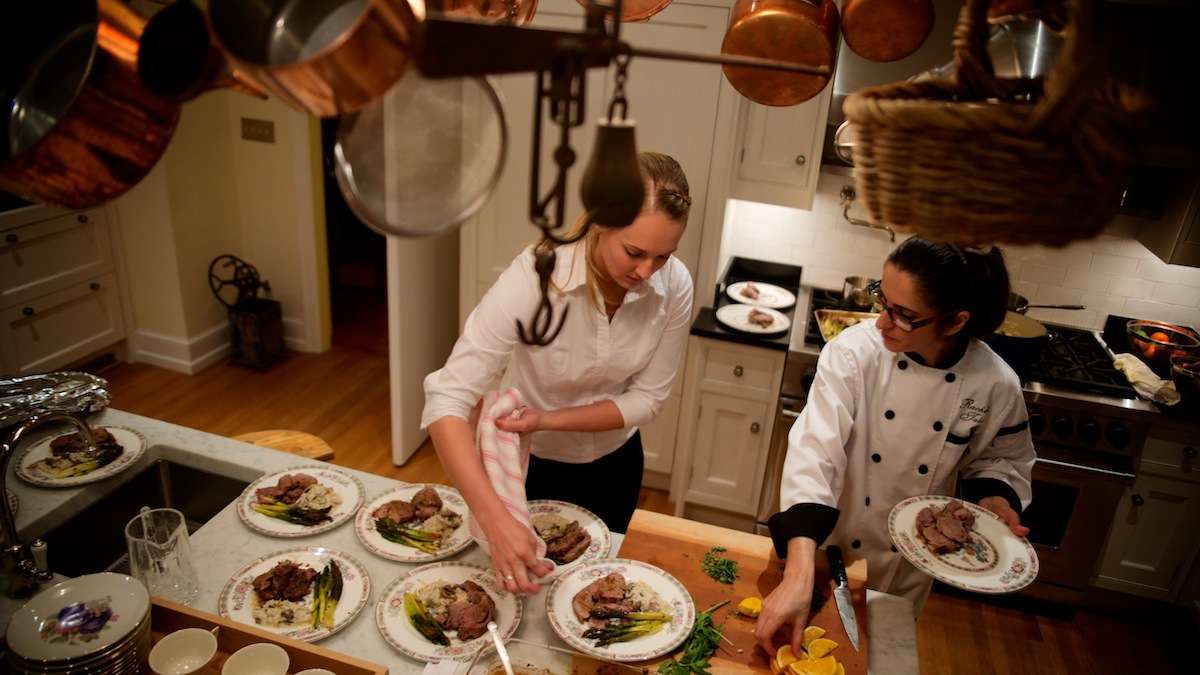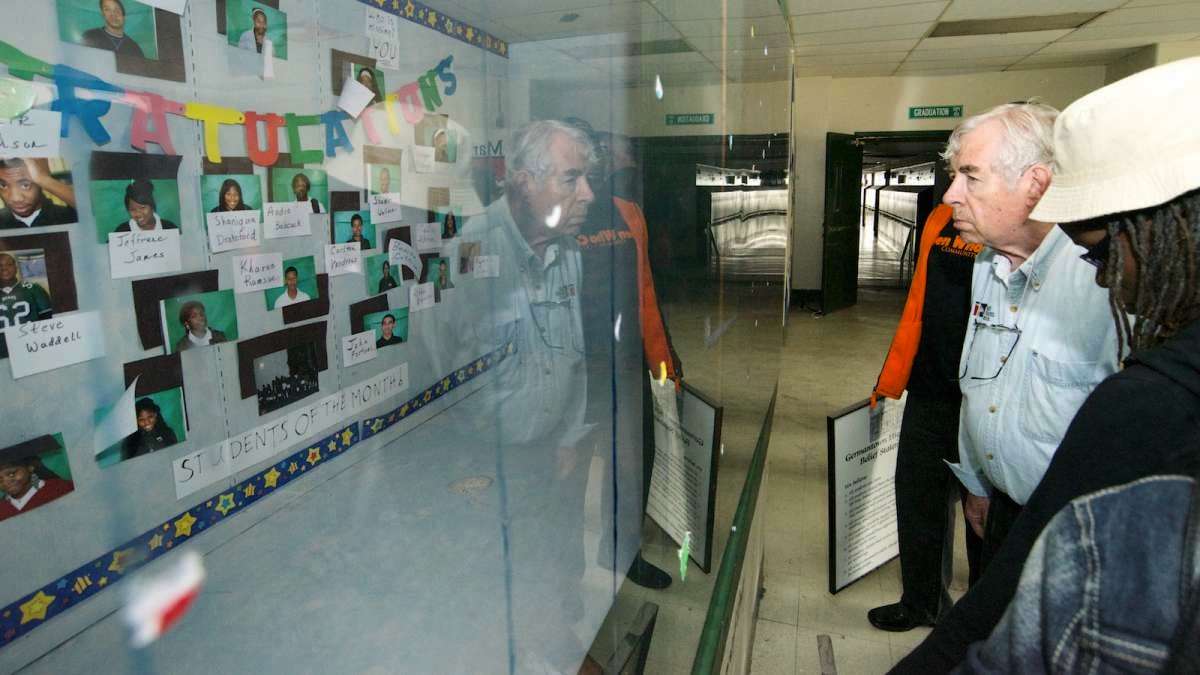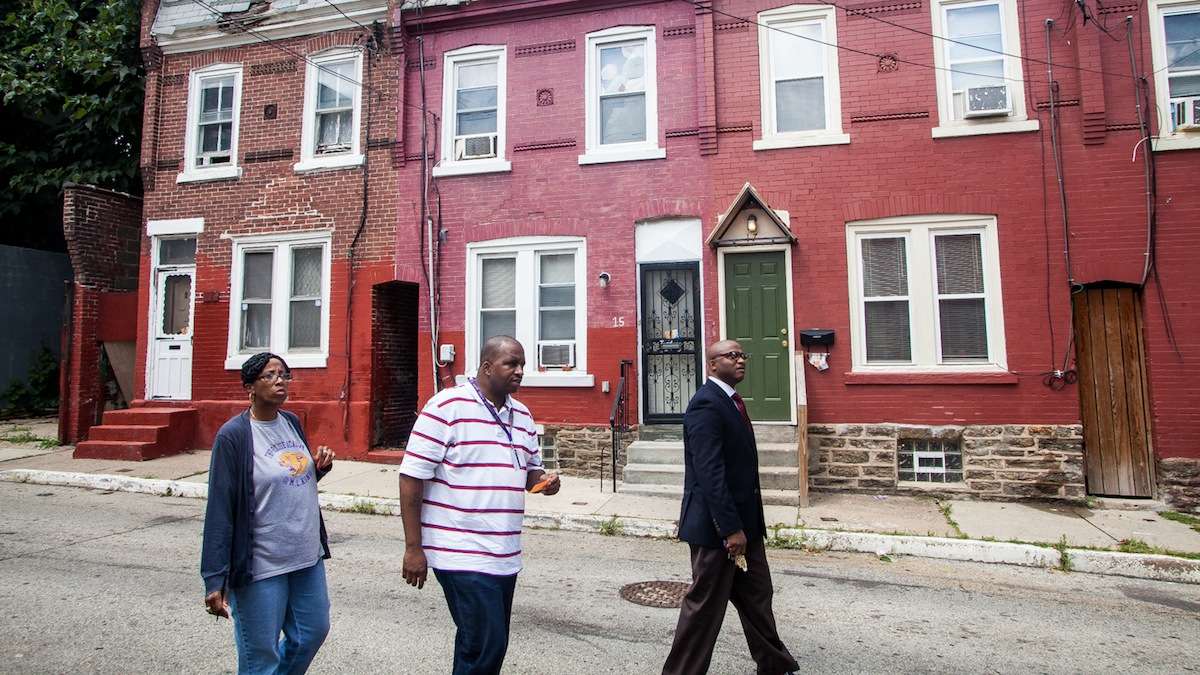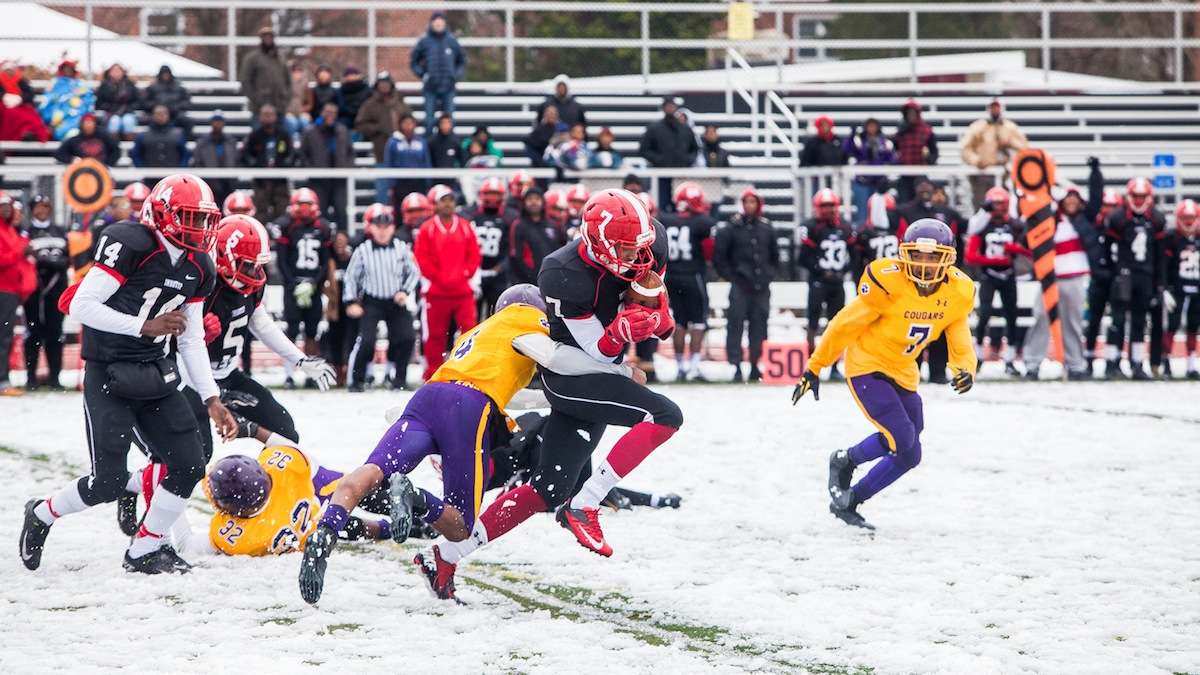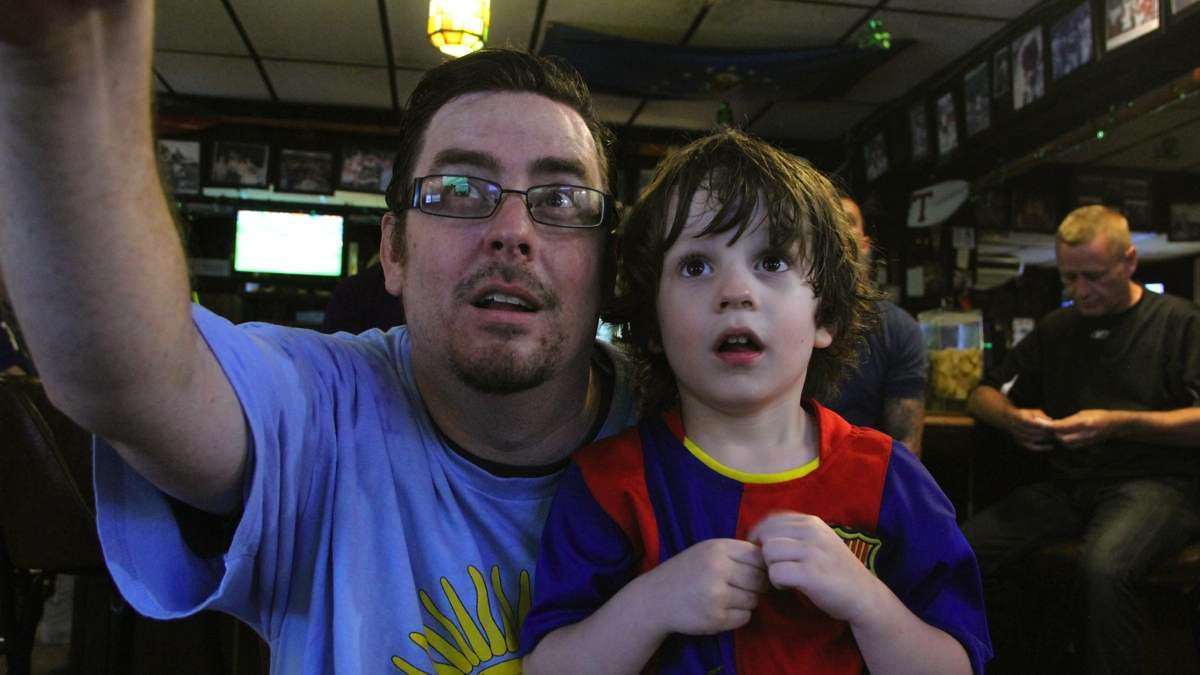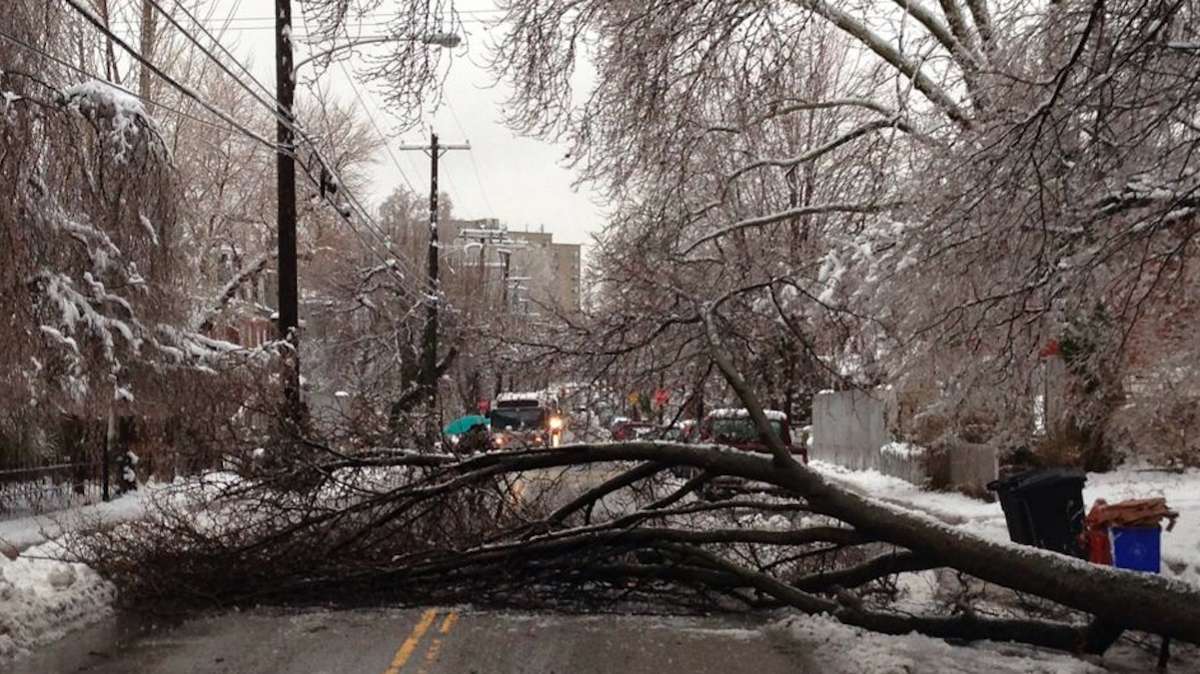When work/life balance gets thorny, it’s time to prune your choices
I have been thinking more about the time and space in which we nourish ourselves as humans on the job, which brought to mind two ideas: first, how examining what my downtime looks like can lead to insight into my work life; second, it’s time to trim back the rosebushes. I’ll explain.
In the past two posts, J.J. Tiziou and other voices led me to thinking more about the time and space — not just physical but emotional — in which we nourish ourselves as humans on the job. Only you know what shape that space can take in your own life. And I’d guess that what you needed to process the stressors in your work life a year or even six months ago probably looks a little (or maybe a lot) different now.
Which brought to mind two ideas that especially caught my interest. First, how examining what my downtime looks like can lead to insight into my work life. And, second, it’s time to trim back the rosebushes.
I’ll explain.
Looking at the proportion of productive work time to intentionally non-productive time can show us how successful we are at work-life balance. For instance, if that non-productive “human” time is being pushed out to the margins — and if those margins are getting smaller — what is the impact on work life? Do you see it in your creativity, your ideas, or the energy to deal with other people?
Or do you have some places in your workday or around its edges where you can give yourself permission to zone out? Is there something you can do that’s physical and repetitive, that doesn’t take much thought, but that lets your mind do its processing in its own way, instead of its being directed toward a particular goal? A time or space in which, without particularly trying, you may come to a new answer about something or at least a new way of seeing it?
Or, with all that’s going on in your life right now, does the question feel too luxurious even to ask?
When I find myself running out of time to meditate, and when I can’t find a half-hour during the day to mindlessly walk the streets and alleys of Old City, letting my feet and my mind take care of themselves separately, it means I’m more vulnerable to the demands of work becoming all I can see. Nothing like those late-night worry sessions — What should I write the next blog post about? Are all of my notes ready for class tomorrow? I’m going to miss yoga again, and my body’s already out of whack! — All of which just drains energy I need when I do get to the blog, to class, or to the yoga mat.
In fact, if I have to search that hard for my downtime, it’s a signal that I need to pull back and look at all that’s going on with new eyes.
Which led to the second light-bulb moment.
Just as I was pondering this stuff, another interesting piece crossed my desk, “Priorities and the Art of Pruning,” by James Clear, drawing from the book “Necessary Endings” by Henry Cloud. I found great help in Clear’s analogy between pruning rosebushes and pruning the choices in work life.
Why rosebushes in particular? Roses are a good metaphor because, as Clear points out, they’re not a type of tree, so they don’t grow taller after they’re mature. It’s about handling the resources in the mature bush.
“If you never trim away some of the buds, then the bush will eventually exhaust itself and die,” he writes. “There are only so many resources to go around. And if you really want a rose bush to flourish, then it needs to be trimmed down not just once, but each year.”
Aha! I’m no gardener — apartment living and all — but the idea of the rosebush as a place where, for the sake of the whole, you need to choose which buds are thriving and which aren’t so much, with a finite amount of resources in the plant to nourish all those buds, helped me see my own life from that perspective. Not that it gave rise to any particular decision or epiphany, but it was a useful and non-linear way to look at life that let me name what I saw without judging it. And in fact, it let me look at these “buds” with more compassion and understanding. And therefore, with more freedom to take a next step. Now that’s an aha moment.
Which brought me back to what Tiziou had said. He talked about how he had to rethink saying yes to work relationships — so that his yes would let those relationships flourish and thrive rather than shrink for lack of nourishment. Which meant saying no to some other things first.
A no in my work life isn’t just a no. It also enables a yes somewhere else. The buds and the bush have a better chance of thriving.
And that gave me a helpful way to frame my work-day processing time or the midnight conundrums. For now, I know that saying no in some ways, maybe even small ones, may support the yes to the ways I need to nourish myself for the work I love to do. With that in mind, I’ll see what unfolds.
What about you? Whether it’s a small step or a bigger decision, when in your experience does saying no mean saying yes something else more meaningful to you?
WHYY is your source for fact-based, in-depth journalism and information. As a nonprofit organization, we rely on financial support from readers like you. Please give today.



